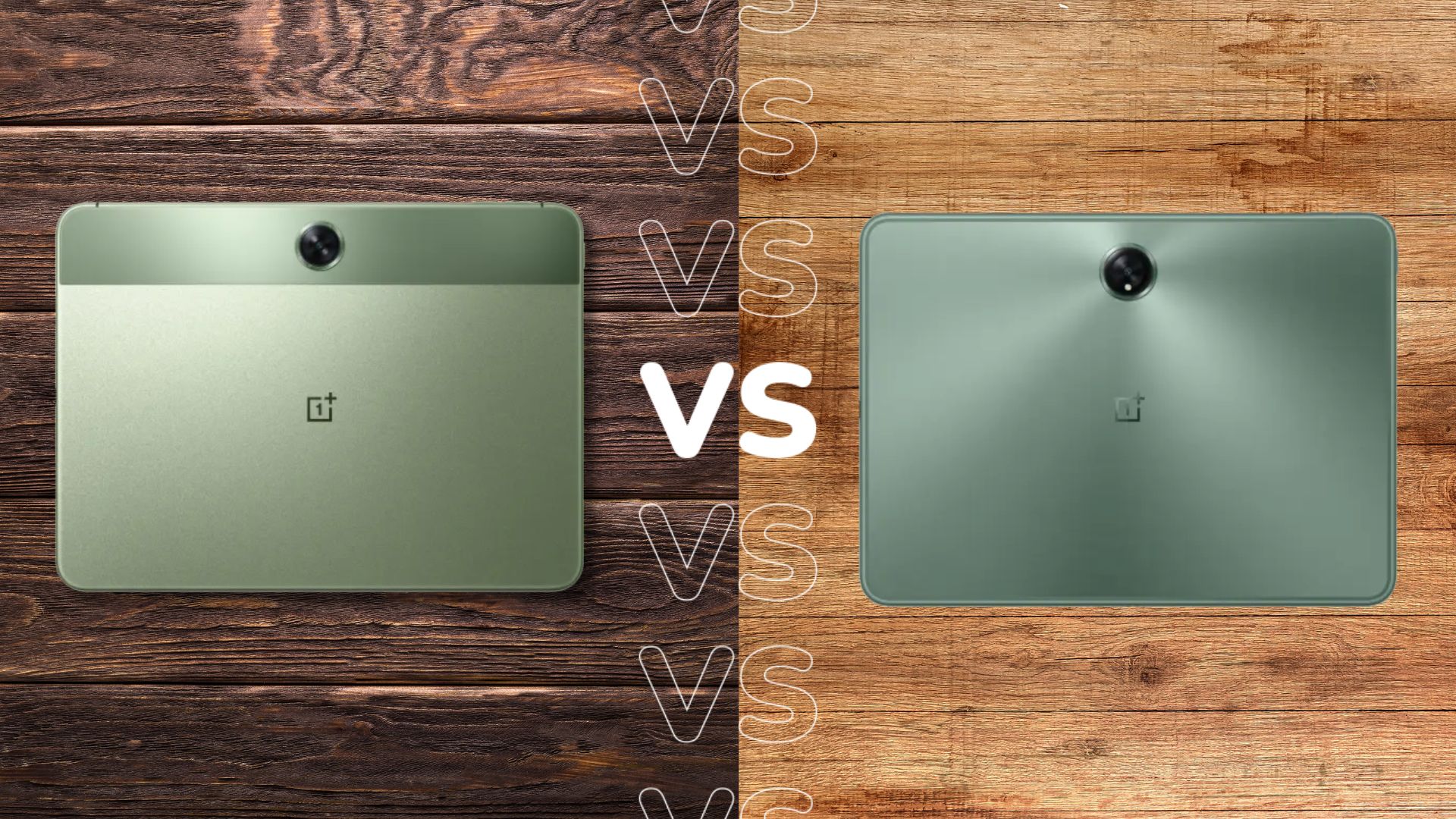Meta Quest 3 vs PlayStation VR 2: Which VR headset is better?
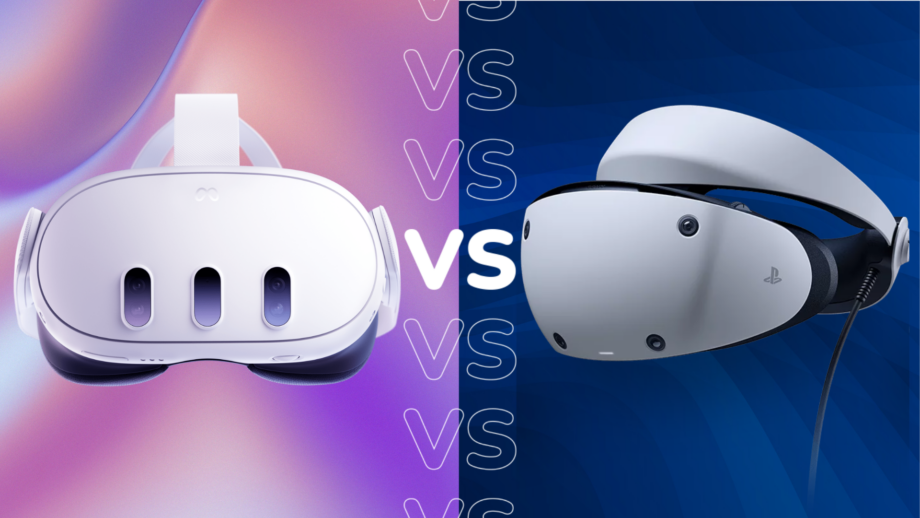
Meta is the undisputed champion when it comes to VR and AR headsets, but that doesn’t mean it doesn’t have rivals.
The PlayStation VR 2 launched in 2023, daring to challenge the Meta Quest headset as the most popular VR platform
But there are a number of key differences between the PlayStation VR 2 and the new Meta Quest 3 which you should be aware of before committing yourself to a purchase. We’ve reviewed both headsets, and so have created this guide to help you decide which is the best VR headset for you.
Design
The most important difference between the Meta Quest 3 and PlayStation VR 2 is the fact that the former is an all-in-one headset, which means it doesn’t need to be plugged into an external device in order to function.
This means you simply need to power on the Quest 3, slip it over your head and then you’re able to play a range of games right away. And if you want to play more taxing games that the internal chip can’t handle (such as Asgard’s Wrath) then you’ll need to plug it into a PC.
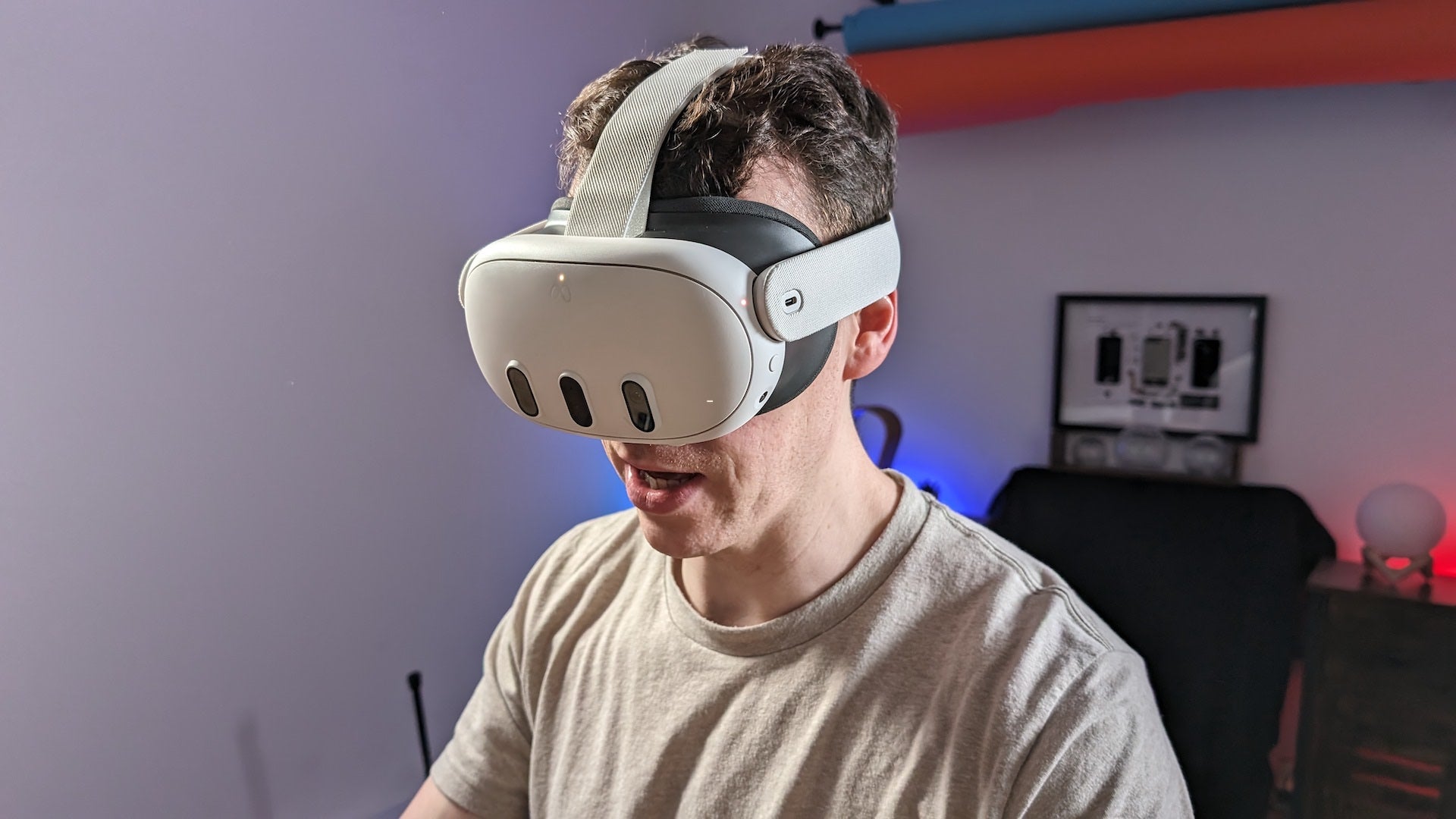
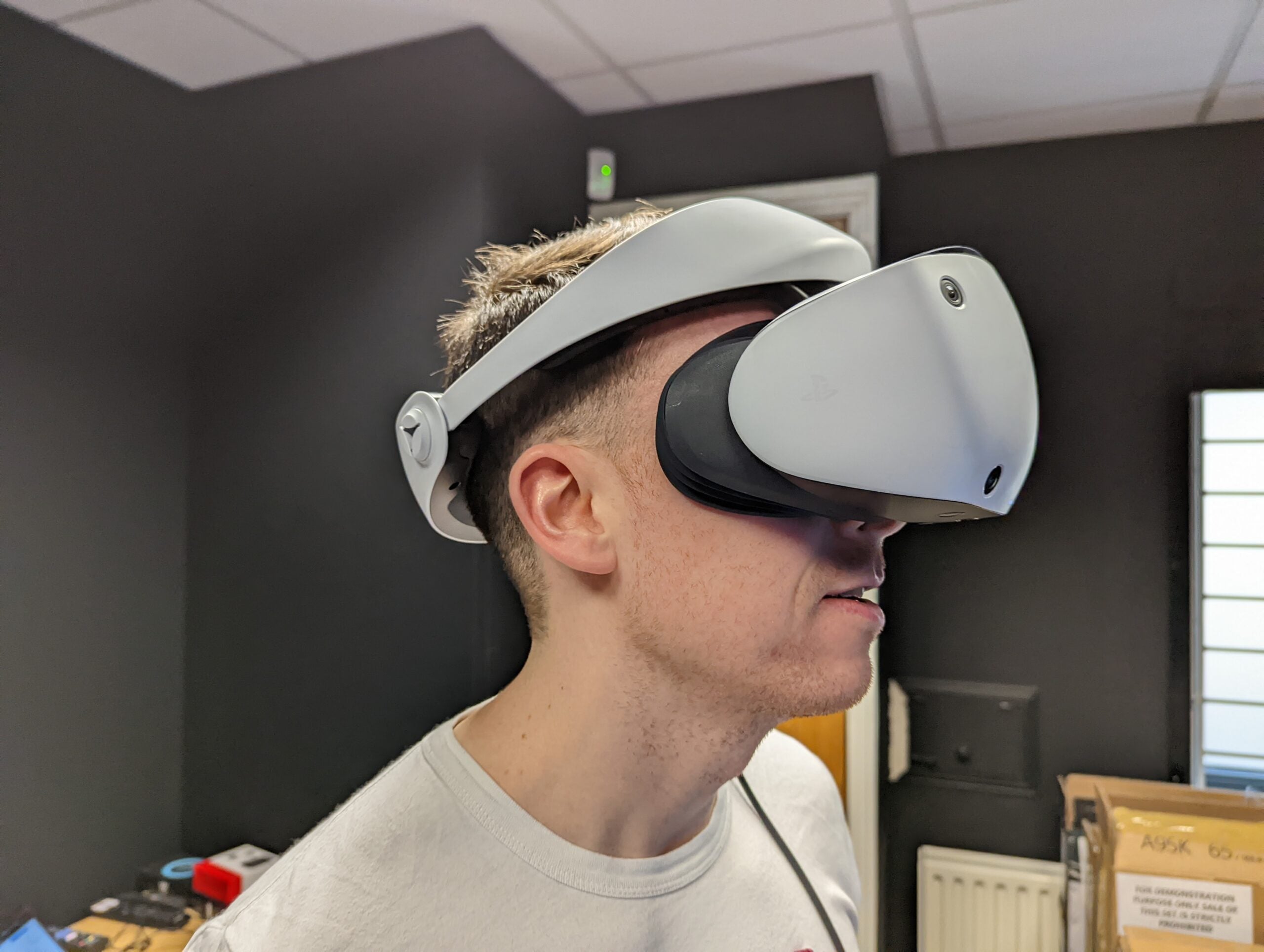
The PlayStation lacks this flexibility, and must be plugged into the PS5 via a USB-C cable to run any game. This can be very restrictive, not only because you need to be close to the PS5 console, but also because the wire coming out of the headset can be a trip hazard.
The Meta Quest 3 is also smaller and lighter, hitting the scales at just 515g. The PlayStation VR 2 isn’t too much heavier at 560g, but the pressure on our head did start to become uncomfortable after an hour or so of gametime.
The PSVR 2 arguably has a securer fit on your head though, with a halo design tightening around your head when adjusting the physical dial. The Quest 3 instead has a velcro strap, although you can upgrade to the Elite strap at an extra charge.
Controllers
The Meta Quest 3 controllers are extremely simple, with buttons on the front and triggers on the rear where your fingers naturally rest. We found them to reliably track your hands and were comfortable to operate.
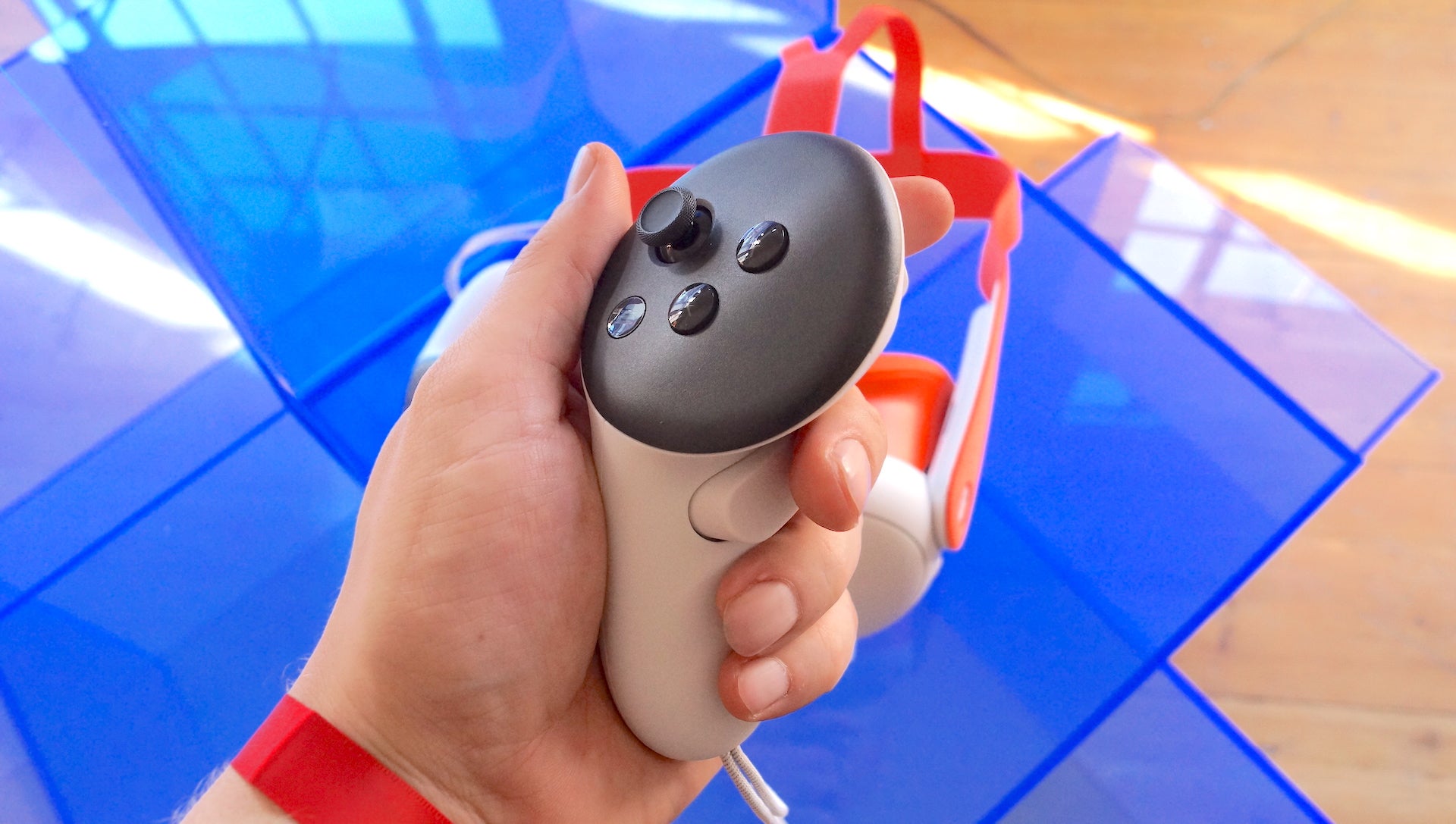
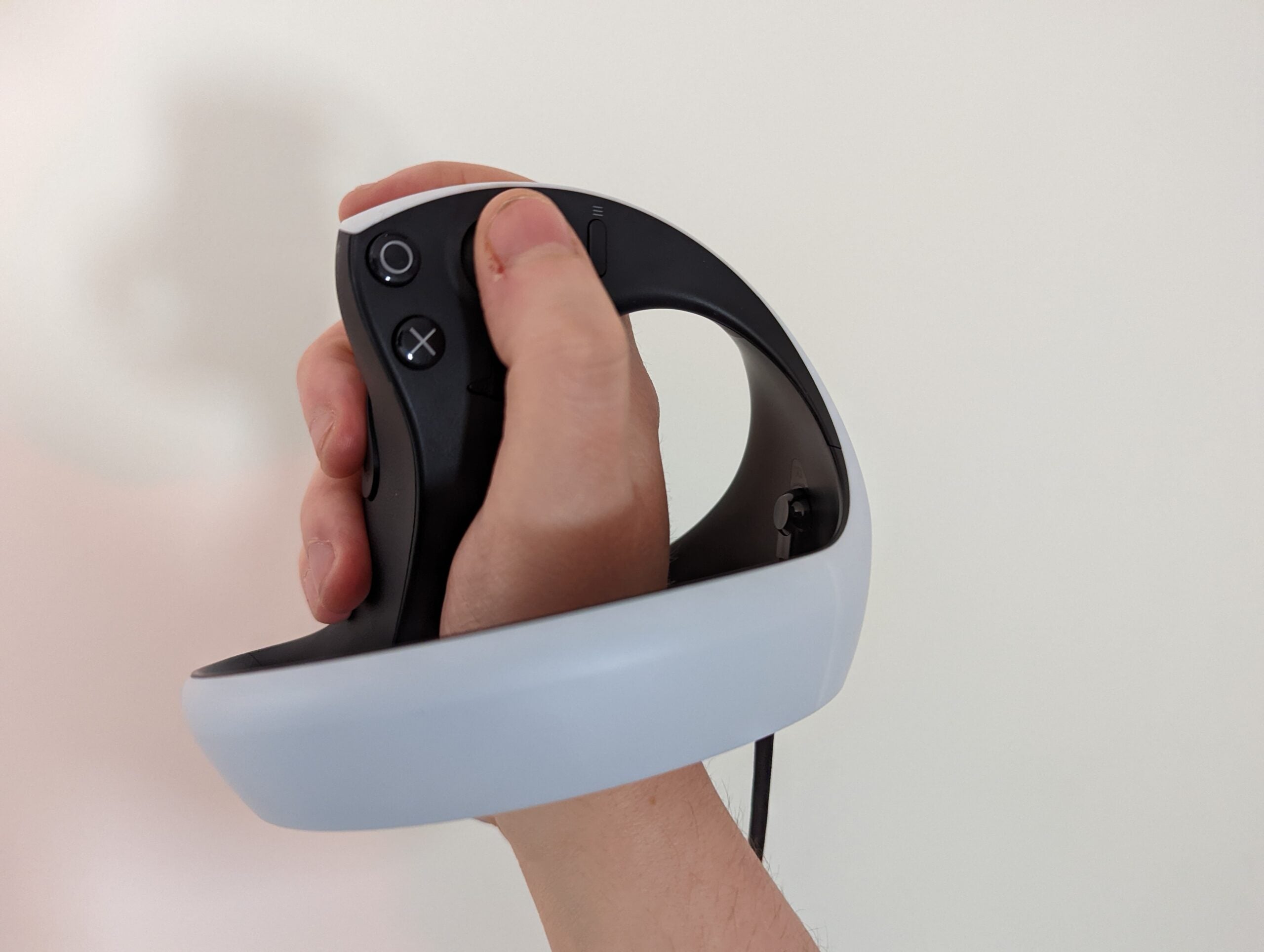
The PlayStation VR Sense controllers are very similar in design, although have large circular tracking rings which can get in the way. Sony has also packed them with such impressive tech, with immersive haptic feedback and adaptive triggers giving the controllers an edge over those of the Quest.
If you run out of battery, you’ll be able to top up the Sense controllers via the USB-C charging cable, with each controller lasting around 4 and a half hours of game time. The Quest controllers have far better stamina, but require AA batteries which can be wasteful.
Features and performance
When it comes to features, the first thing to note is that the Meta Quest 3 is far more versatile than the PlayStation VR 2. Not only can it be used as a VR headset, but it’s also capable of mixed reality, which blends digital creations with your real-world environment. For example, in Lego BRICKtales we were able to build virtual Lego sets on our tabletop.
The PlayStation VR 2 lacks this functionality, with the passthrough cameras only really capable of helping you find your controllers while wearing the headset. It’s only worth buying the PSVR 2 for gaming, whereas the Quest has many lifestyle and productivity applications.
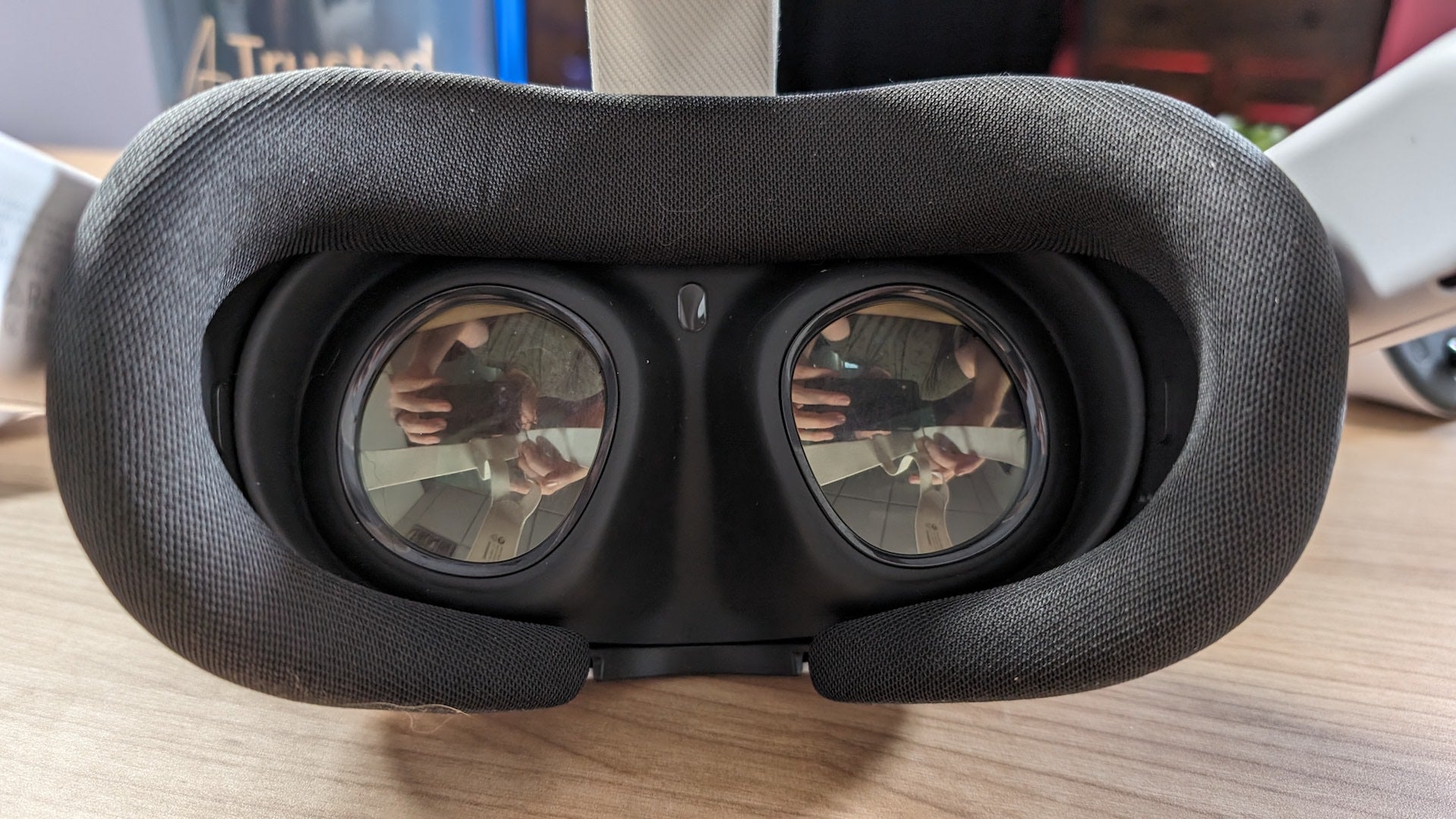
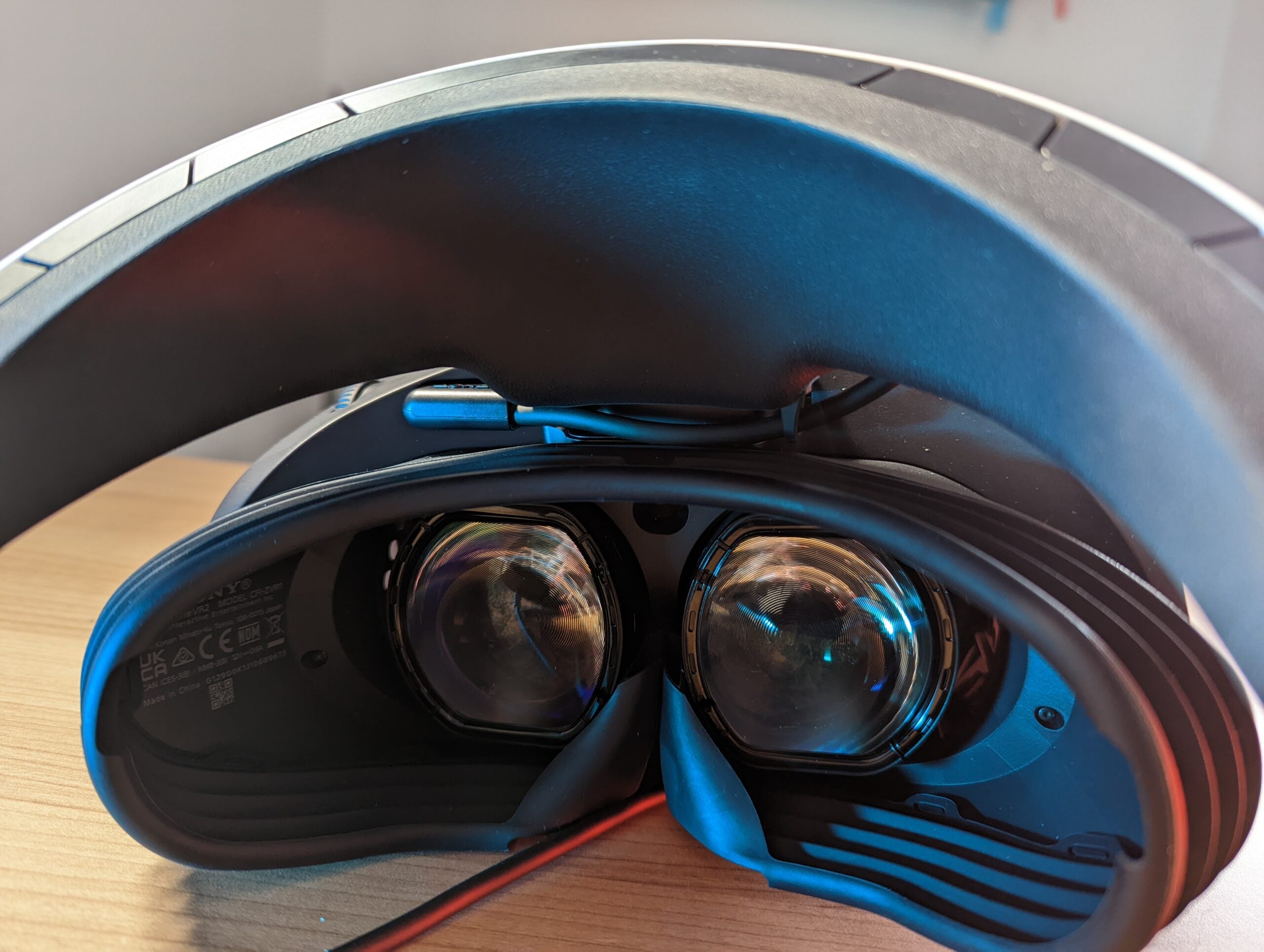
There’s little to separate the two headsets for the screen quality though. The Quest 3 has a 2064 x 2208 pixels-per-eye resolution, 110-degree field of view and up to a 120Hz refresh rate. For comparison, the PlayStation VR 2 has a 2000 x 2040 per-eye resolution, and the exact same field of view and max refresh rate. The PSVR 2’s OLED screen technology does make the screen appear a little more vibrant and colourful though.
The PlayStation VR 2 also boasts a slight advantage in that it supports eye tracking, which has been smartly implemented into select games and used for foveated rendering to boost game performance. The Quest 3 misses out on this feature, but we don’t think it’s an omission that will make a major difference.
As the PSVR 2 leverages the power of the PS5, it performs extremely well as expected. That said, we were incredibly impressed by the performance and visual fidelity of the Meta Quest 3 despite it using an integrated processor.
Games and software
Just like a games console, a VR headset lives and dies by its game catalogue and the Meta Quest 3 and PlayStation VR 2 excel in this area.
Meta has been busy building a huge library of games and applications for its Quest headsets, and it’s great to see that the Quest 3 is backwards compatible with any software you previously purchased for older headsets.

Some of the most popular Quest games include Superhot VR, Beat Saber and Resident Evil 4. Plugging the headset into your PC will expand the library further, allowing you access to Steam VR to play the likes of Half-Life Alyx.
The PlayStation VR 2 sadly isn’t backwards compatible, so you’ll need to start building your game library up from scratch. There are already some fantastic games on the headset such as Gran Turismo 7, Resident Evil Village, Horizon Call of the Mountain and Beat Saber.

The PlayStation VR 2 can’t connect to a PC to access further games, which is a major setback. As a result, the Meta Quest 3 has a far greater game library, and also has access to lifestyle and entertainment apps on top.
Verdict
The Meta Quest 3 and PlayStation VR 2 are very different headsets. The Quest 3’s greatest strength is its all-in-one design, allowing you to start using it without being plugged into a console or PC. It has a superb library of games and apps too, while the mixed reality functionality provides more headroom for growth in the future.
The PlayStation VR 2 is more of a one-trick pony, restricted to use in conjunction with a PS5 console. That does at least mean you get access to PlayStation exclusives such as Gran Turismo 7 and Horizon Call of the Mountain, although more games of this nature are required to make the PlayStation VR 2 a more compelling purchase.
The price of the PSVR 2 can’t be ignored either, costing £529.99/$549.99 while also requiring the ownership of a PS5. The Meta Quest 3 has a starting price of £479.99/$499.99 and so undercuts its rival while not requiring the purchase of a PC or console. As a result, we recommend that most people pick the Meta Quest 3 for the time being, although PlayStation fans may well be swayed if greater game support arrives for the PSVR 2 in the future.



